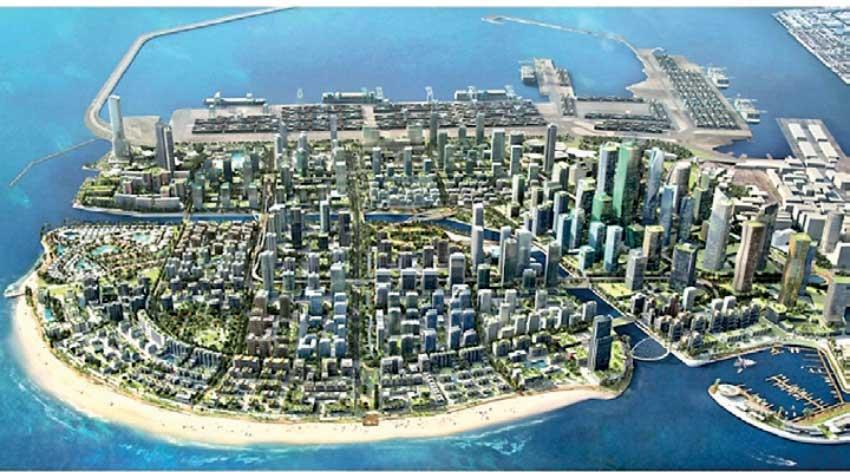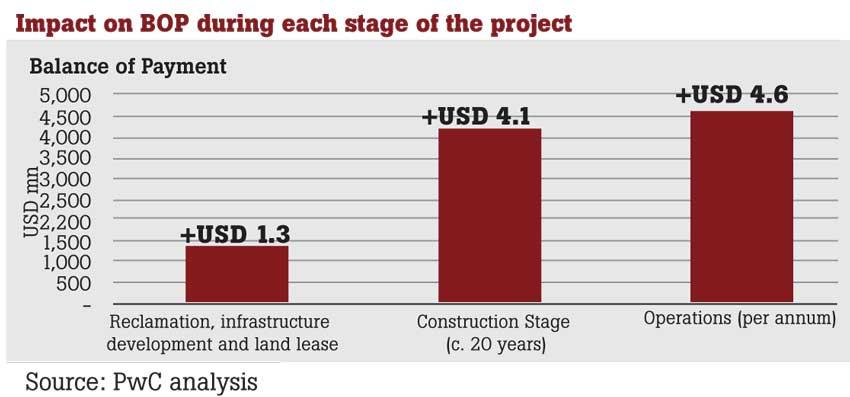Reply To:
Name - Reply Comment

The Sri Lankan construction industry still operates on outdated and redundant methods and procedures. Our building technologies, bidding documents and legal frameworks are outdated. Similarly, our considerations of the sustainability and environmental impacts of construction are antiquated and require substantial improvement.
 Therefore, although we try to heal the industry by small ventures, (One such example being modular construction, which has been attempted many times. Yet, architects and consultants don’t approve of it and clients are fearful because there is no guarantee. As such, no one is ready to accept new technologies) the Port City being a novel and large-scale venture, is the best place to change all of this – reboot the industry with new and improved ways of working and revive the people’s resolve to better Sri Lankan construction.
Therefore, although we try to heal the industry by small ventures, (One such example being modular construction, which has been attempted many times. Yet, architects and consultants don’t approve of it and clients are fearful because there is no guarantee. As such, no one is ready to accept new technologies) the Port City being a novel and large-scale venture, is the best place to change all of this – reboot the industry with new and improved ways of working and revive the people’s resolve to better Sri Lankan construction.
From the beginning, the Ceylon Institute of Builders (CIOB) has urged the Sri Lankan government to involve local contractors, engineers, architects, quantity surveyors and consultants in the Port City at a minimum percentage of 25 percent of 40 percent. Given the afore-mentioned reasons, we hope this request will be fulfilled.
Contract documents
Ideally, in the Port City, we can start with the agreements, documentation and legal frameworks. FIDIC is generally recommended for such a situation. However, this is the ideal platform to make documentation improvements, equitable to both client and contractor, such as using revised versions of JCT contracts which include consultant agreements, sub-contracts, sub-sub-contracts, design agreements between an employer and a specialist designer, forms of tender, forms of contract for the supply of goods, forms of bond and collateral warranties.
Sustainable construction and new technology
Then design stages could be developed for green, lean, BIM designing (expected to be the only technology necessary in future construction), drone technology, modular, etc. Subsequently, in the construction stage, new technology, new methodologies and new materials should be developed. None of the contractors are ready to do this. But the Port City provides the opportunity to change these minds.
Moreover, it is a good place to start thinking about the environment, via sustainable, green and environmentally friendly building, zero energy buildings and zero carbon emissions to build an efficient, self-sufficient green city.
CIOB has proposed that it will give all necessary ‘green guidelines’ and issue the ‘CIOB Green Mark Certification’ for all buildings. Further, sustainable/green materials should be given prominence and the recommended negative list for material importation should be carefully considered.

Technology transfer and training
Afterwards hopefully, using the Port City as an example, technology transfer and training, etc. can be applied to projects outside the Port City, to the rest of the country. A good example is our road sector contractors, who are evidence of the importance of such training. A few years back, Sri Lankan contractors didn’t have the strength to compete with foreign contractors to do roads.
However, after gaining experience from working with foreign contractors (via sub-contracts/JVs) and self-training, our contractors have now proven their capacity as the most economical, technically-advanced and efficient contractors in the road sector in Sri Lanka.
Bearing these in mind, we can think of someday being a carbon neutral city. If not, everybody will continue their usual course aimed at personal financial gain and we, as a nation, can’t do that for long. So, we need to take action now, considering the Port City a rare opportunity to change our course as an industry and as a nation, so we don’t reach that point where we cannot continue any further. If done properly, this holds the possibility of changing the Sri Lankan construction industry as well as being a globally-appreciated model city.
Dollar benefits
Although reports state high expectations for the PC in reducing pressure on Sri Lanka’s BOP, a minimum contribution of US $ 1 billion in foreign exchange should flow in from the PC, via FDIs and spending on goods/services to aid the repayment of dollar loans for 2022. Dollarisation of the Port City would help with this and protect workers from currency collapses.
Subsequently however, economists would do well to evaluate the Supreme Courts claim that any violation of Article 12 of Sri Lanka’s constitution “would be a result of the depreciation of currency and not a consequence of the bill”.